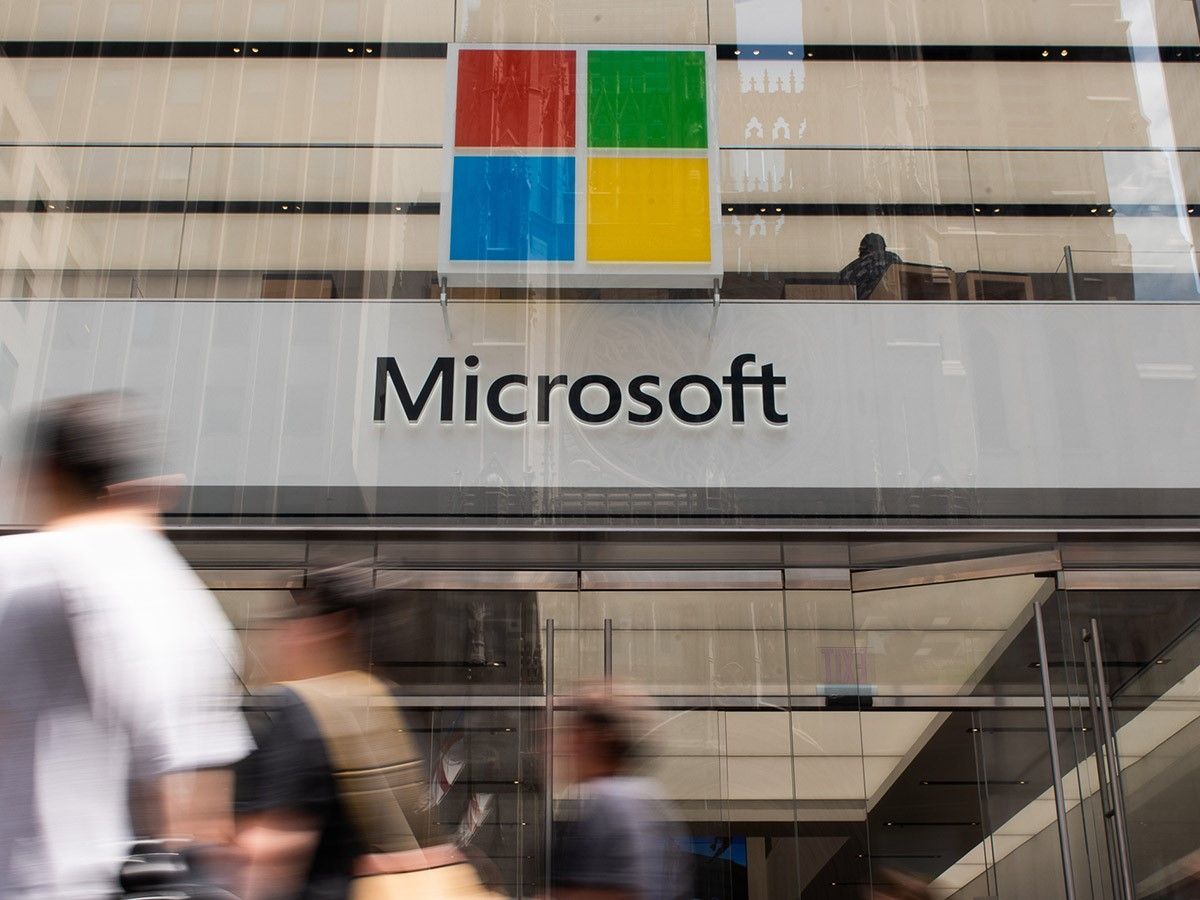Microsoft’s [MSFT] share price surged by 22.3% in the first four months of 2019, buoyed by a rebound in value and a standout first quarter earnings report, which saw it announce an increase in business revenue by 14% year-on-year.
Following the news, analysts were quick to move their price targets up. Wedbush raised the computer company’s share price target from $150 to $155, with analyst Daniel Ives saying: “This quarter was an absolute blowout quarter across the board with no blemishes and in our opinion speaks to an inflection point in deal flow.” As at market close on 3 June, Microsoft’s share price comes in at $119.84.
Microsoft’s cloud offering Azure particularly wowed investors, with a revenue surge of over 73% year-on-year – a figure which analysts say shows faster growth than when rival Amazon Web Service (AWS) was at a similar size.
In recent months, out of the 34 analysts covering Microsoft's share price, 27 have given it a “buy” recommendation, six have rated it “hold” and one recommends it as a “sell”, according to Market Realist.
Some analysts, however, are questioning the accuracy of these valuations.
Writing on Seeking Alpha, analyst Oleh Kombaiev argues that the company is in fact overvalued because its share price has been growing at a faster pace than its long-term exponential trend.
“Generally speaking, this phenomenon is rarely observed in nature,” he says. “As a rule, it indicates an unstable state.”
A close look at the metrics
Skeptical analysts claim that Microsoft is expensive compared to key blue-chip companies on the NASDAQ. A closer look at the figures, however, presents a mixed view.
Microsoft’s P/E ratio is 26.63; higher than its main computing competitor Apple, which has a ratio of 14.58, but lower than its main cloud provider competitor Amazon, which has a fairly high ratio of 70.66.
Microsoft’s forward P/E consensus estimate also suggests that it will drop in the future, to 23.36, according to Morningstar. These figures look relatively cheap when compared to the software and programming industry’s average of 25.95.
| Market cap | $930.57bn |
| PE ratio (TTM) | 26.97 |
| EPS (TTM) | 4.50 |
| Quarterly earnings growth (YoY) | 18.70% |
Microsoft share price vitals, Yahoo finance, 04 June 2019
However, writing on Guru Analysis, Martin Zweig suggests that the company falters when it comes to revenue growth in relation to EPS growth.
“Revenue growth must not be substantially less than earnings growth. For earnings to continue to grow over time they must be supported by a comparable or better sales growth rate and not just by cost cutting or other non-sales measures,” says Zweig.
“MSFT's revenue growth is 6.33%, while its earnings growth rate is 18.72%, based on the average of the three, four and five year historical EPS growth rates. Therefore, MSFT fails this criterion.”
“MSFT's revenue growth is 6.33%, while its earnings growth rate is 18.72%, based on the average of the three, four and five year historical EPS growth rates. Therefore, MSFT fails this criterion.” - Martin Zweig, Guru Analysis
Microsoft’s price to sales ratio is also higher than its competitors at 7.51, compared to Apple’s 3.08, Amazon’s 3.45 and IBM’s 1.45.
Such figures do not seem to be worrying most analysts, however. Microsoft had its “buy” rating reaffirmed by Credit Suisse Group on 31 May, with a target price of $145. Based on 29 analysts offering price targets for the tech company in the last three months, the average price target is $145, with a high estimate of $155.00 and a low estimate of $80, according to CNN Business. The current consensus among 32 analysts polled by the publication is to buy Microsoft stock – a rating that has held steady throughout May.
Deutsche Bank’s Karl Keristead said: "Against high Street expectations, MSFT delivered what we'd characterise as out-standing 3QF19/March quarter results. Azure c/c growth held steady at close to 80% (appreciably higher than AWS) despite the increase in scale."
Continue reading for FREE
- Includes free newsletter updates, unsubscribe anytime. Privacy policy





